Key Crop Is Surging in Price and Experts Are Worried


Indonesia’s kitchens are feeling the heat, and not in a good way. As one of the country’s most essential ingredients climbs to its highest price in years, economists and farmers alike are warning that the spike may be an early sign of a much larger crisis simmering beneath the surface.
Everyday Meals, Unaffordable Spice
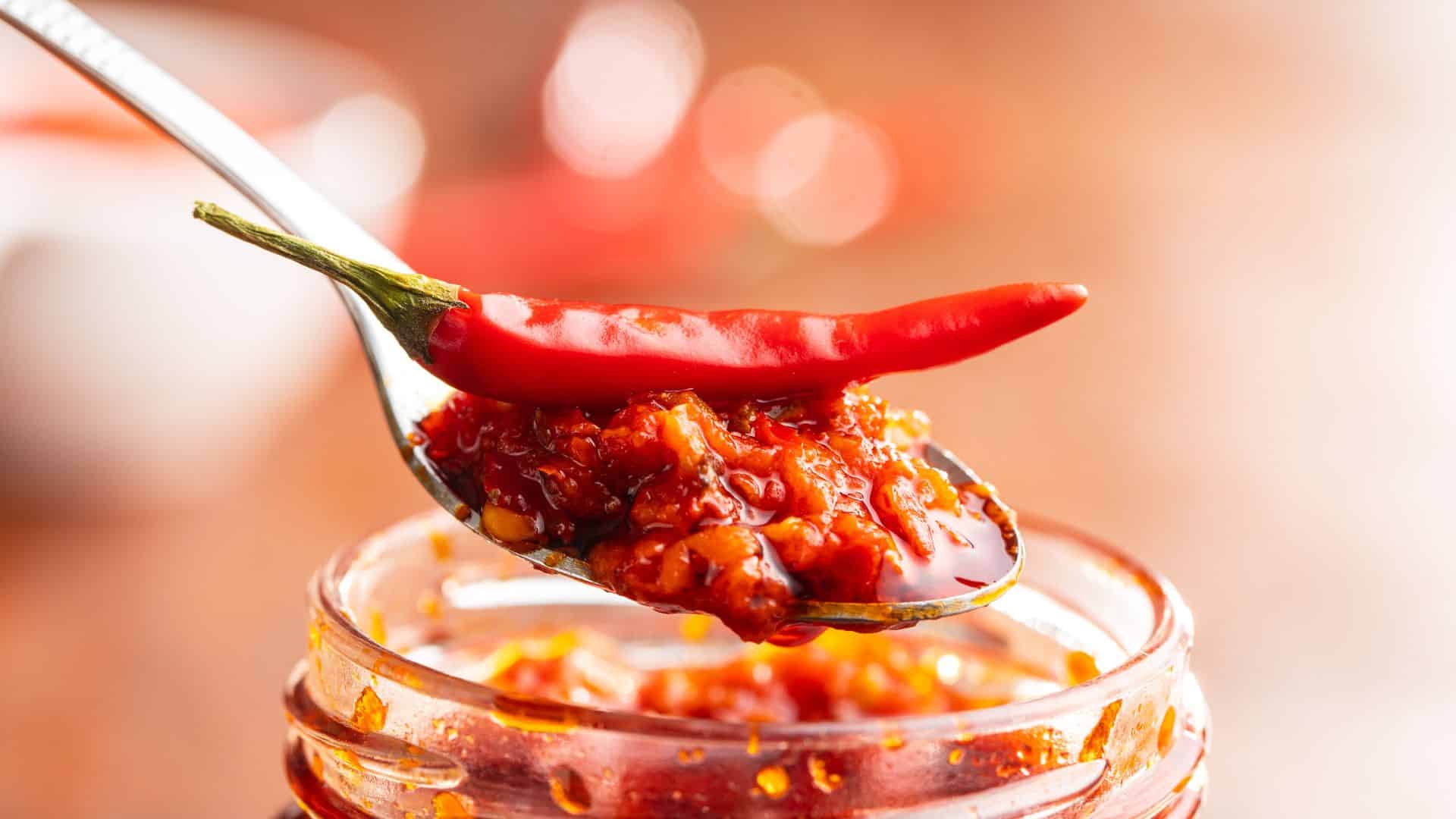
At traditional markets from Medan to Jakarta, red chili peppers, the fiery heart of countless Indonesian dishes, are suddenly a luxury. Vendors say customers are buying less, with many opting for smaller portions or cheaper substitutes. “People are cutting back,” one market seller admitted, “but they still need chili. Food doesn’t taste right without it.”
A Global Pattern Takes Root
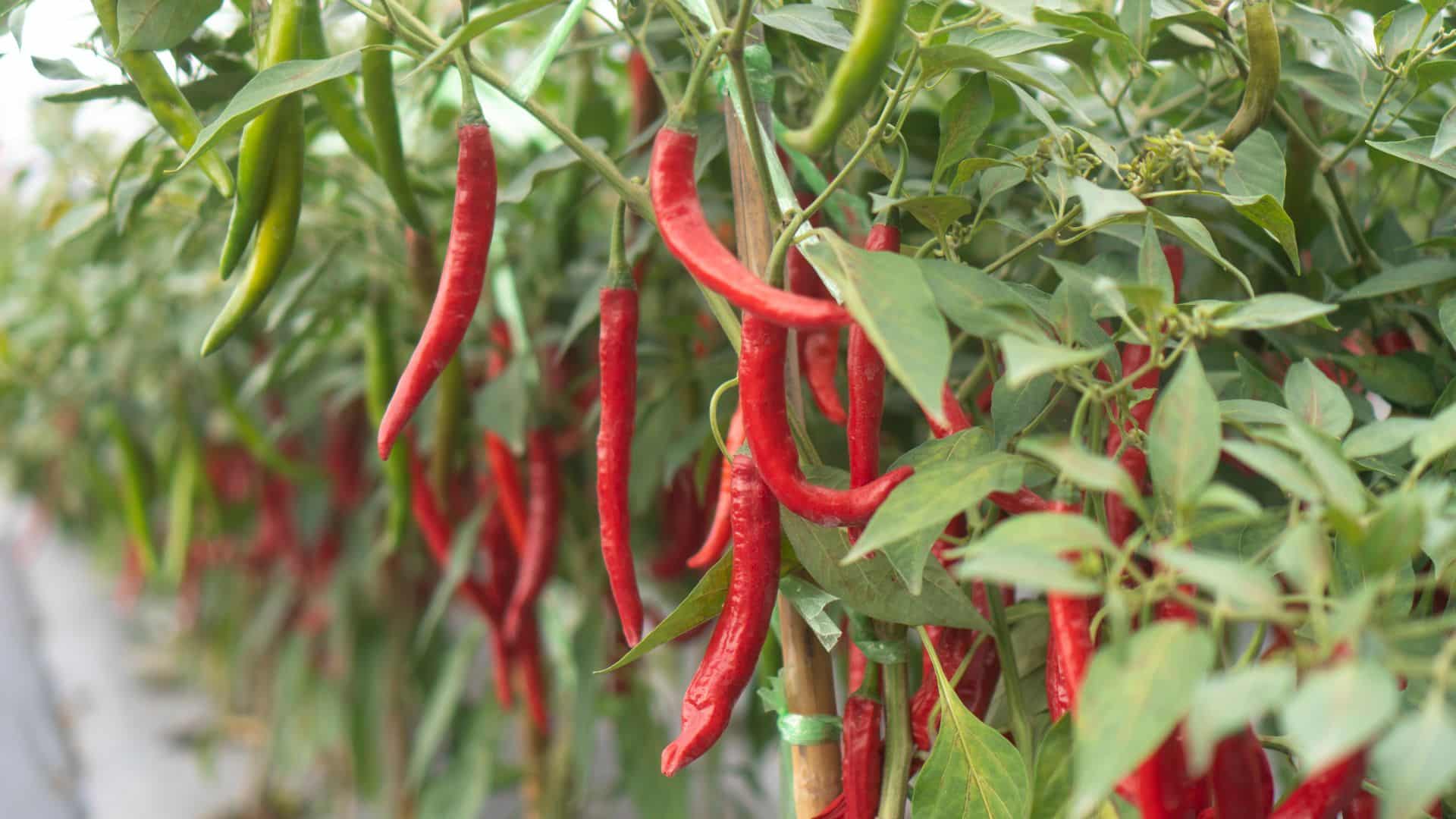
Food analysts say this local crisis is part of a wider trend sweeping Asia. Unpredictable weather, prolonged heatwaves, and erratic rainfall are taking a toll on agriculture across the region. Crops that once grew reliably, from rice in Vietnam to onions in India, are showing signs of strain. The surge in chili prices, experts note, reflects how climate volatility can quickly translate into higher costs and food insecurity.
Farmers on the Frontline
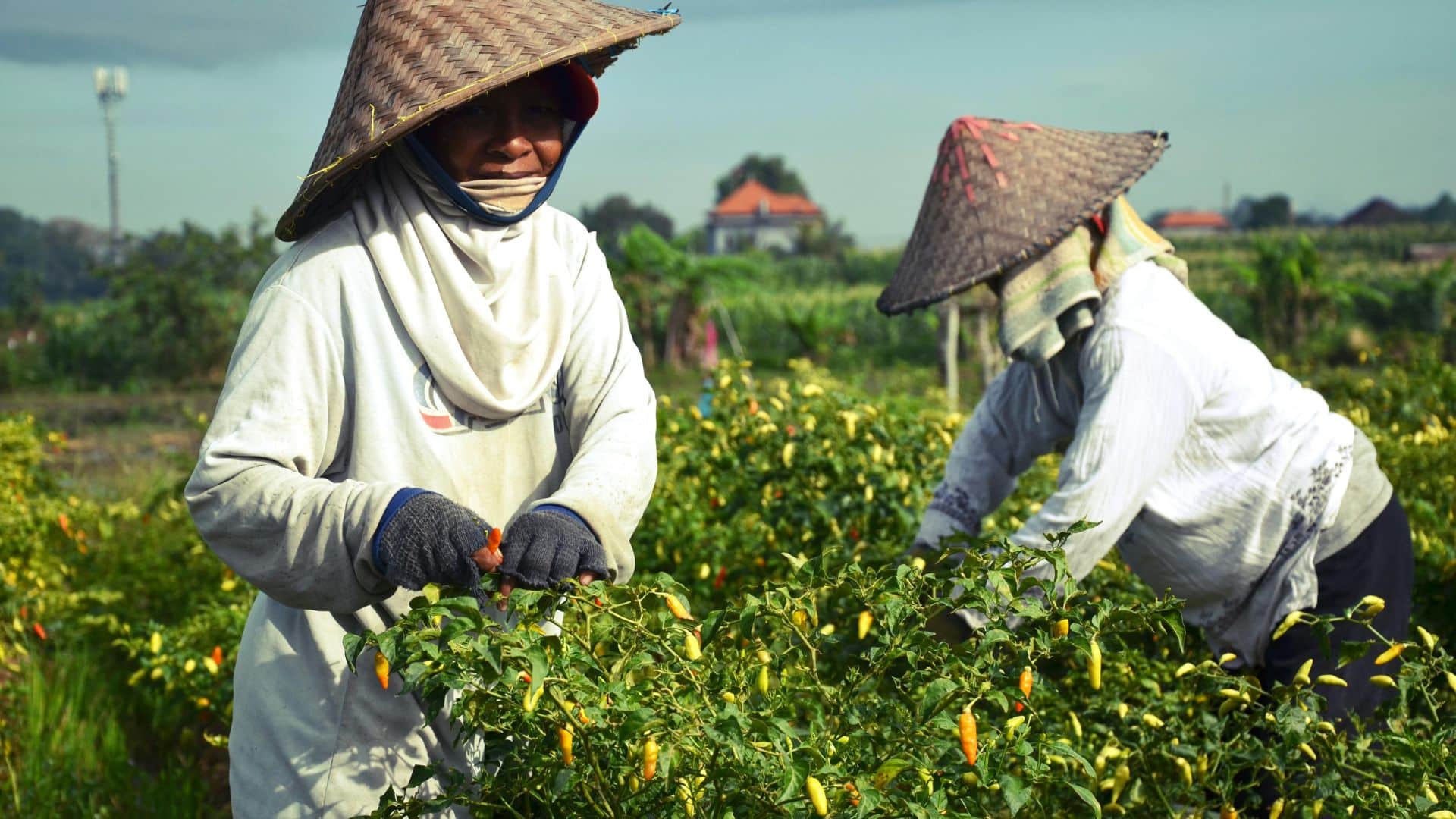
The challenges are clearest in North Sumatra, one of Indonesia’s top chili-producing regions. Farmers have been battling months of dry weather that parched the soil and scorched young plants. Many now report harvests reduced by half compared to last year. “We’re losing entire fields,” said one farmer from Dairi, where water shortages have lasted for weeks. “There’s nothing left to pick.”
The Supply Chain Under Pressure
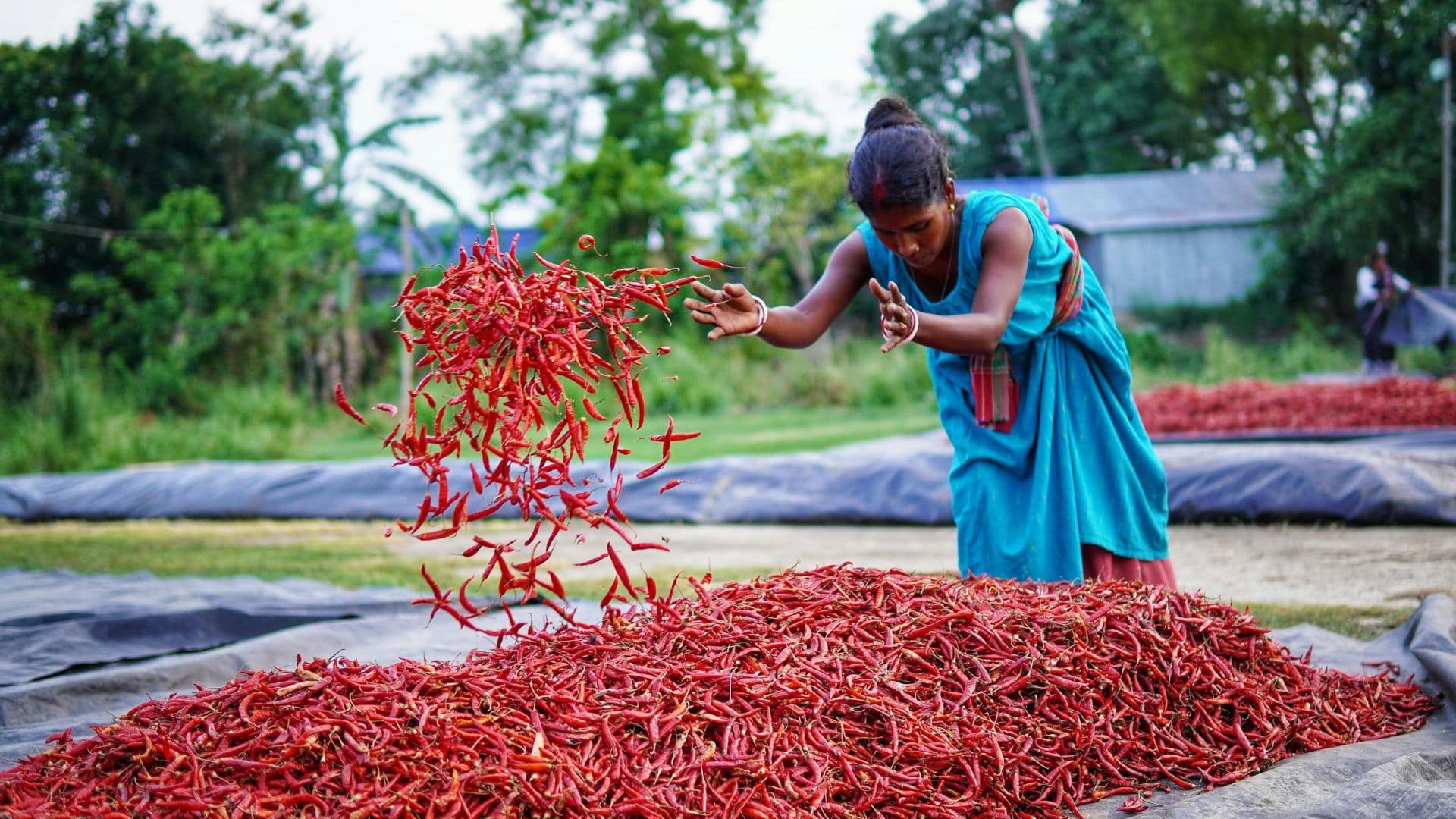
Despite producing more chili than the province consumes, North Sumatra exports much of its yield to other regions such as Aceh and Riau. That interprovincial trade, once a sign of agricultural strength, now magnifies the pain locally. As reported by Kompas, supply shortages are so severe that some traders in Medan receive barely 5 kilograms a day, down from the usual 10.
A Record-Breaking Spike
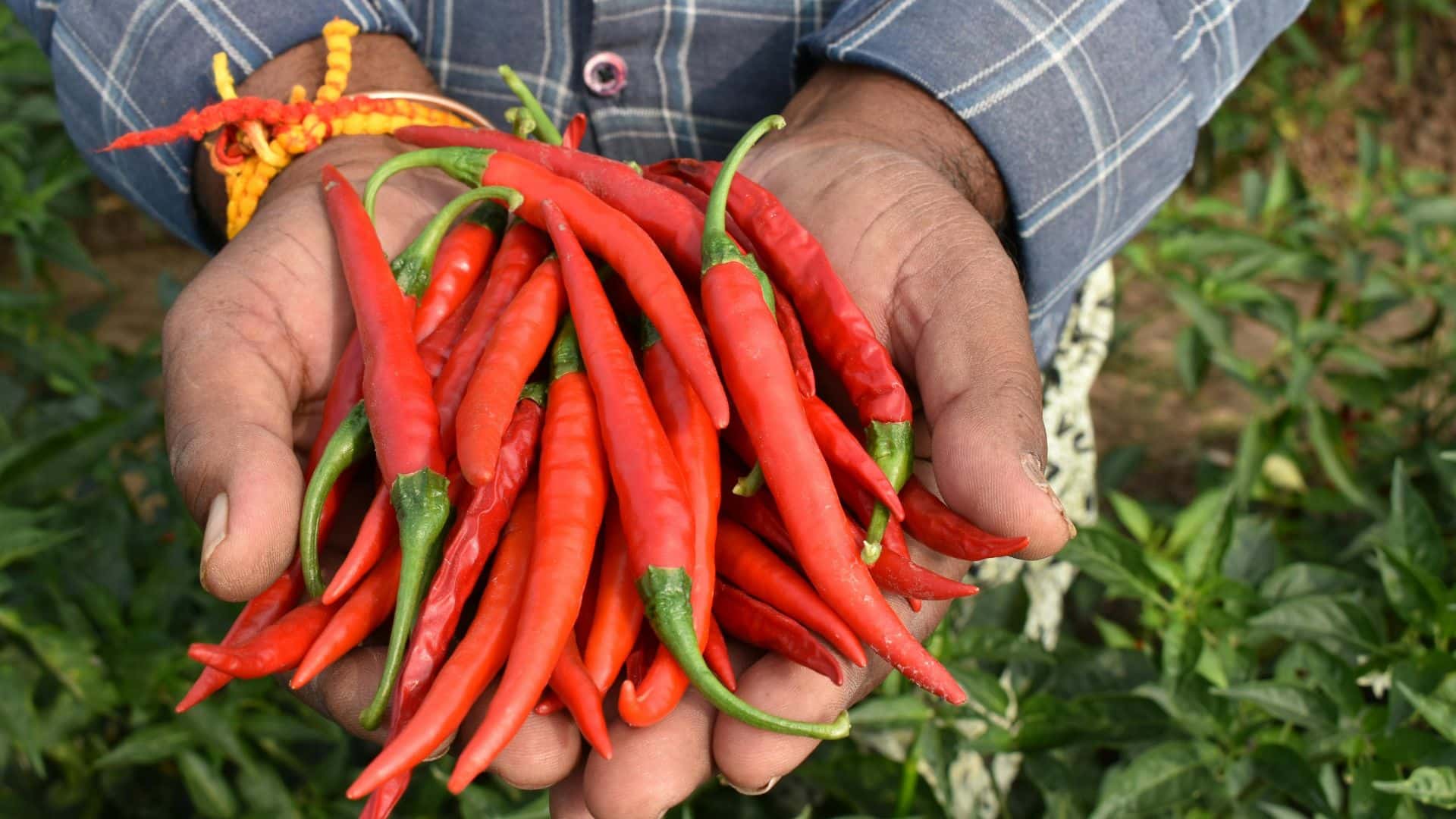
Only recently did the full scope of the crisis become clear. The price of red chili in Medan has now reached Rp 100,000 per kilogram, about $6, marking its highest level of the year, as Kompas reported. The cost soared from Rp 60,000 in just weeks, the steepest rise since the start of 2024. For context, that’s equivalent to the daily minimum wage for many low-income households.
Inflation and Everyday Impact

The Central Statistics Agency (BPS) reports that the jump in chili prices helped push food inflation to 4.42% year-over-year. Food, beverages, and tobacco collectively saw a 3.67% increase in August, with chili identified as a key driver.
For street vendors and small restaurants, this spike has been devastating. Some have raised prices, while others have quietly downsized portions.
Government Tries to Cool the Heat

Local authorities have rolled out short-term measures to stabilize supply. North Sumatra’s Food Security Office has begun distributing chili-drying machines to help farmers store their crops during surplus months. As The Cool Down explains, the initiative aims to balance the market by ensuring dried chili remains available when harvests fail. Still, experts say the fix is temporary unless long-term irrigation and climate resilience programs are prioritized.
The Warning Signs Experts See
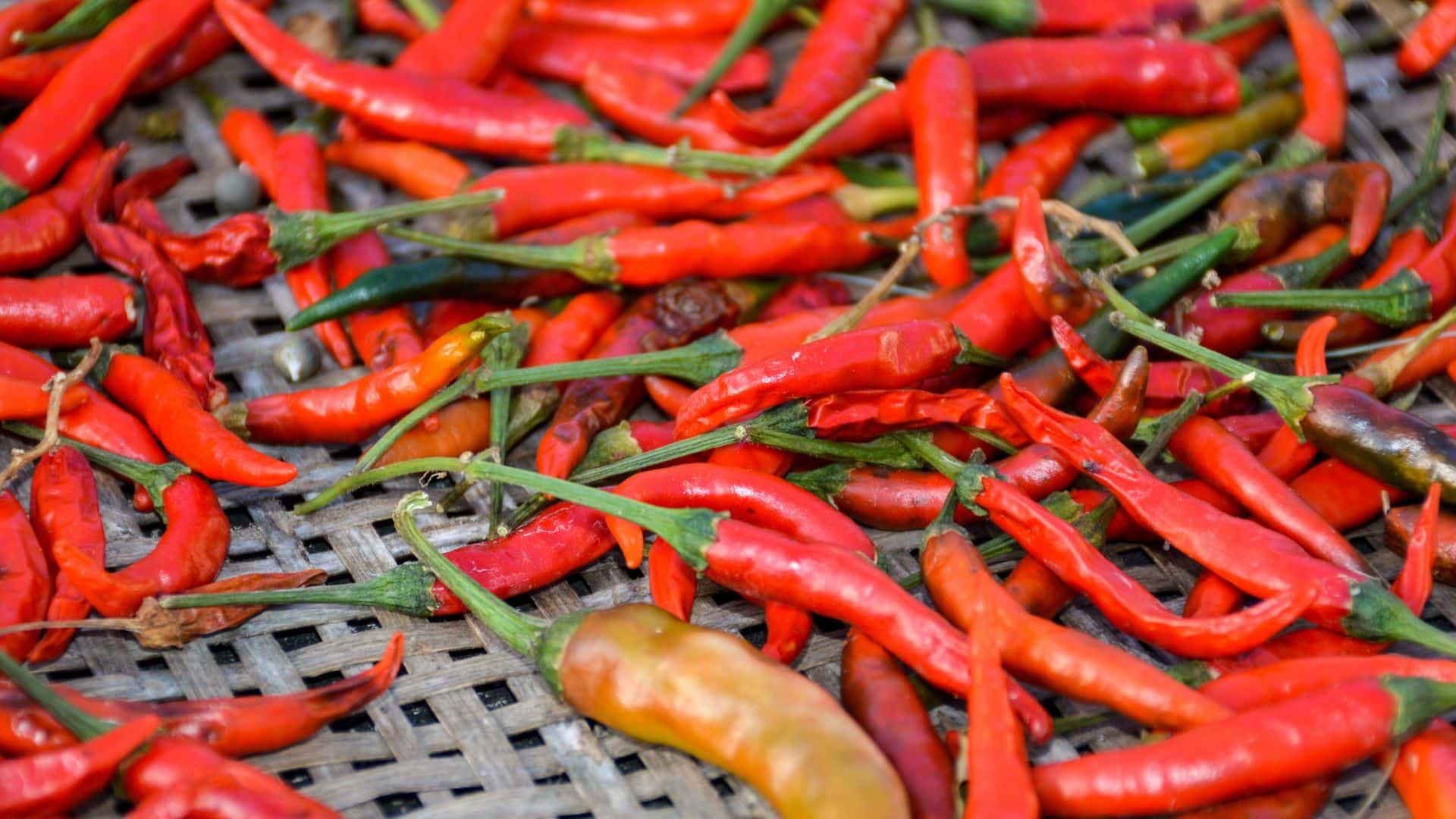
Analysts and agricultural researchers agree that this price shock is more than a seasonal fluctuation. It’s a warning of how climate extremes are reshaping food systems. One vendor summed it up best: “If prices rise even slightly, buyers immediately complain. If the price of red chili increases, it is quite significant.”
The sentiment captures what many fear, that climate change is not a distant threat, but one already cooking dinner tables across Indonesia.
A Hotter, Pricier Future Ahead

The red chili crisis is a symptom of something much larger. As droughts intensify and rainfall grows unpredictable, essential crops will become harder to grow and more expensive to buy. For a country where chili is more than a seasoning, it’s a cultural staple, that’s no small concern. Indonesia’s fiery favorite may be warning the world: when the climate overheats, so does the cost of living.
